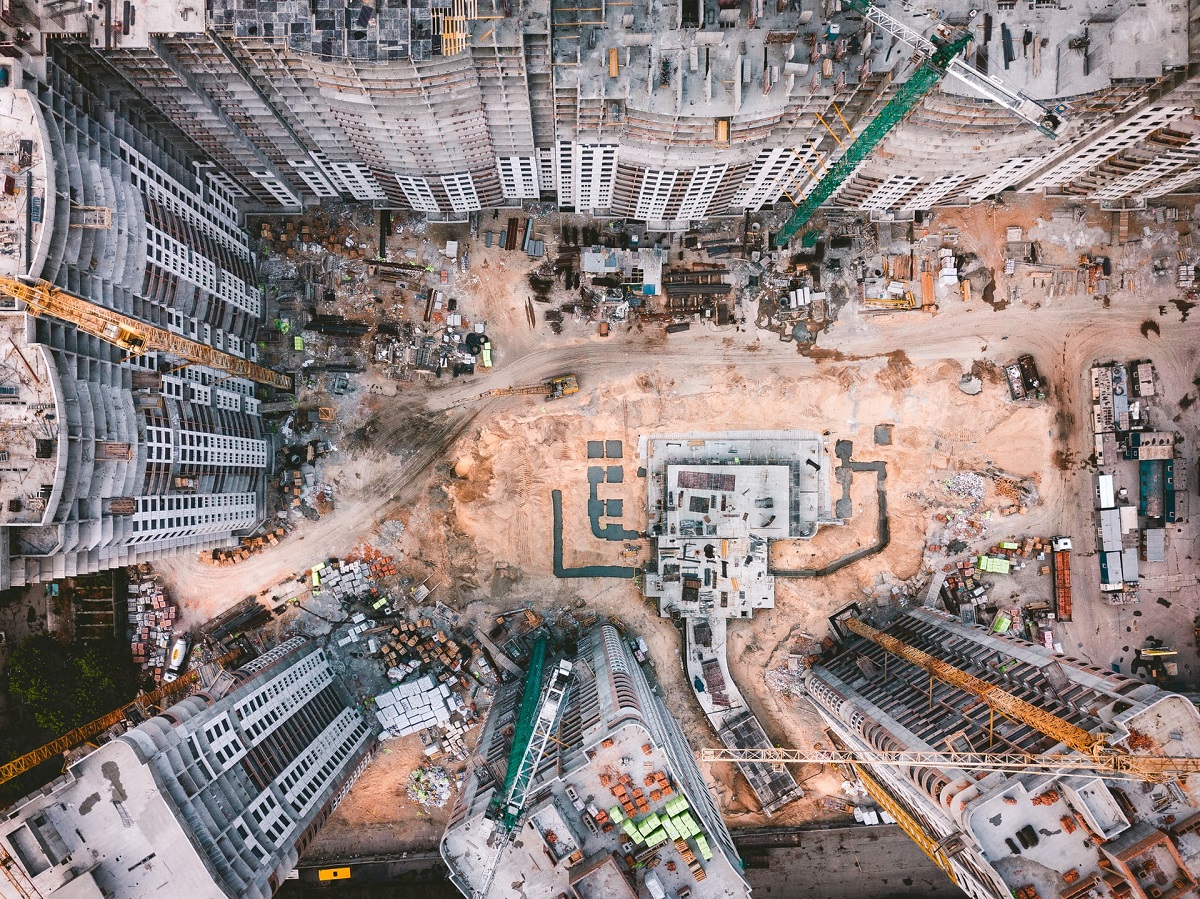U.S. construction numbers, along with housing starts and building permits, serve as important indicators for the U.S. economy. They’re also useful for recyclers. This month, the Commerce Department released construction spending for May 2021 as well as housing starts and building permits for June 2021. Overall, they reveal an economy that’s recovering from the negative economic effects of the COVID-19 pandemic.
Accounting for about 4% of the overall U.S. economy in a given year, construction spending is an important indicator for recyclable materials markets. Much of the material in commercial construction, such as steel, comes from recycled content. On the residential side, some recycled materials like copper wiring or copper tubes are used during construction.
Recyclables also come into play after construction. “Sometimes recycled materials are used for insulation, or when you’re buying appliances for your house; those use metal containing recycled material,” says Bret Biggers, ISRI’s senior economist. Residential construction serves as an indicator for curbside collection of recyclables, Biggers adds. Increased housing starts means more people moving in, which means additional stops for curbside collection.
Construction Spending
Compared to April, total U.S. construction spending slipped in May to $1.55 trillion seasonally adjusted, decreasing 0.3% or $4.2 billion from the previous month, according to the U.S. Census Bureau. “The star in the construction spending is the residential side,” Biggers says. “That’s what everyone is keying in on: Home prices are up, home sales are up, and there’s high demand.”
On the public-sector side, construction spending decreased 0.2% to $342.0 billion seasonally adjusted. While highway and street construction spending increased 1.4%, both transportation and education construction fell 1.9%. “Public-spending share of construction hasn’t been positive,” says Joe Pickard, ISRI’s chief economist and director of commodities. “We haven’t seen as much money spent on school construction and other public construction as we’d like.”
While construction spending is down month to month, the situation looks better for 2021 so far versus the same period in 2020. Total construction spending is up 7.5% year-on-year, and total residential construction is up 28.2%. Nonresidential construction is still playing catch-up. Total nonresidential construction spending is down 7.1% year-on year; public safety construction spending fell 39.6%; lodging construction spending decreased 23.3%; and conservation and development spending is down 19.4%.
Housing Starts & Building Permits
In June, total housing starts rose 6.3% month over month to a seasonally adjusted annual rate of 1.643 million. Building permits declined 5.1% month over month to a seasonally adjusted annual rate of 1.598 million. Permits declined across all regions for single-family units, suggesting a slowdown in building activity that could be due to several factors including higher costs, labor shortages, and/or high selling prices curtailing buyer demand.
“There’s a lot of pent-up demand for new homes, but with the other sectors of the economy there’s been supply chain issues, bottlenecks, and labor issues that have inhibited new home sales and building permit numbers,” Pickard says. “Even though we’ll see monthly increases and decreases, the longer-term trend is still quite positive, and I think there’s a lot of demand out there for new homes, which is good.”
Biggers agrees. “Even though the numbers are down month over month, the overall trend is upward.”
Additional Resources












